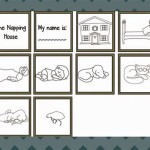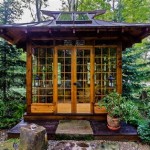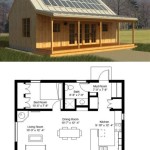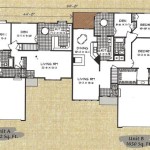Essential Aspects of Timber House Design Plans
Timber houses have gained immense popularity due to their aesthetic appeal, sustainability, and structural durability. Creating a comprehensive design plan is crucial for ensuring a successful timber house project. Here are some essential aspects to consider:
1. Site Analysis
Thoroughly assess the building site, considering factors such as soil conditions, slope, orientation, and environmental factors (e.g., wind exposure, sun path). This analysis helps determine the optimal location, foundation design, and overall building orientation.
2. Floor Plan and Layout
Design a functional and efficient floor plan that meets the specific needs of the occupants. Consider the flow between rooms, natural lighting, and the placement of windows and doors. Optimize space utilization with thoughtful layouts and incorporate features like open-plan living areas or separate utility rooms.
3. Structural Design
Ensure the structural integrity of the house by carefully designing the timber frame. Choose suitable timber species and grades based on their strength and durability. Consider factors like roof loads, seismic forces, and wind uplift. Ensure compliance with building codes and regulations to guarantee a safe and stable structure.
4. Architectural Style
Timber houses encompass various architectural styles, from traditional to modern. Determine the desired aesthetic and select a style that complements the surrounding environment and reflects the occupants' preferences. Consider factors like roof lines, exterior cladding, and window designs to achieve the desired architectural expression.
5. Material Selection
Choose high-quality timber materials that are durable, weather-resistant, and sustainably sourced. Explore options like hardwood species (e.g., oak, mahogany), softwood species (e.g., pine, spruce), or engineered timbers. Consider factors like grain patterns, knots, and the required level of treatment for the specific application.
6. Energy Efficiency
Incorporate energy-efficient features to reduce operating costs and minimize the environmental impact. Use high-performance insulation, double- or triple-glazed windows, and airtight construction methods to minimize heat loss. Consider renewable energy sources like solar panels or geothermal heating and cooling systems to enhance sustainability.
7. Indoor Environment
Create a comfortable and healthy indoor environment by optimizing natural lighting, promoting cross-ventilation, and using natural materials. Consider the use of passive solar design techniques to maximize natural heating and cooling. Ensure proper moisture management to prevent mold and maintain air quality.
Conclusion
Creating comprehensive timber house design plans requires a thorough understanding of structural principles, architectural aesthetics, and energy efficiency. By considering these essential aspects, you can design a timeless and sustainable timber house that meets your specific needs and enhances your living experience.

Timber Frame House Plan Design With Photos

Timber Frame Designs Floor Plans Timberbuilt

Timber Frame Straw Bale House Design The Year Of Mud

Wooden House Plans Timber Home Design 148 M²

Announcing The Saratoga Home Design Timber Frame Or Hybrid Timberhaven Log Homes

The Lodge Prefab Home Design Plans By Purcell Homes

Country Cubco Timber Frame Home Floor Plan Beaver Mountain

Timber Frame Designs Floor Plans Timberbuilt

Timber Home Floor Plans Custom Frame Design Build

Timber Frame Plans Our Most Requested In 2024 Davis








